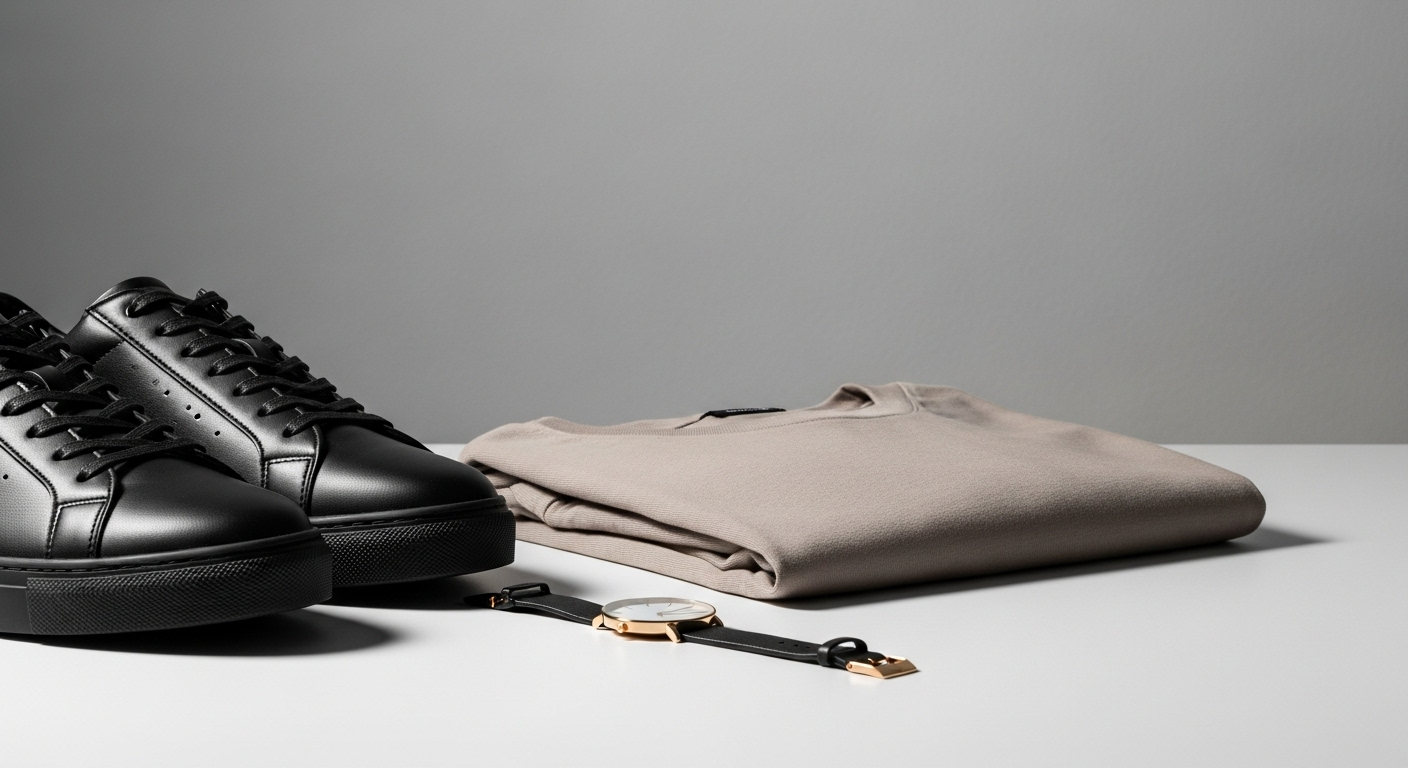The Flourishing Trend of Micro-Living: A Deep Dive into Tiny Homes & Minimalistic Living
The conversation around housing is shifting. As more people begin to embrace the idea of living more with less, a new trend is emerging—micro-living. This concept, which involves living in small, well-designed, functional spaces, is gaining traction for its sustainable and economically-friendly approach to housing. This article delves into the world of micro-living, offering a fresh perspective on this innovative trend in the home and garden space.

Micro-Living: A Brief History & Key Developments
Micro-living isn’t a new concept. From the compact houses of Japan to the tiny apartments of New York, small-scale living has always been a part of urban life. However, the recent shift towards minimalism and sustainability has led to a renewed interest in this way of life. One of the key developments in this area has been the tiny house movement, which promotes the idea of living in homes with less than 400 square feet of space. This movement, coupled with advancements in design and technology, has made micro-living a viable option for many.
Understanding the Micro-Living Design Aesthetic
The micro-living design aesthetic is centered around functionality and simplicity. The use of space is carefully considered, with every inch serving a purpose. Multi-functional furniture, hidden storage solutions, and clever design tricks are all used to maximize the available space. A popular trend in micro-living design is the use of neutral colors and natural materials, which create a sense of calm and openness in small spaces.
The Practicality & Market Trends of Micro-Living
The appeal of micro-living lies in its practicality. By choosing to live in a smaller space, individuals can reduce their living costs, minimize their environmental impact, and simplify their lifestyles. Market trends reflect this growing interest in micro-living, with an increase in the demand for tiny homes and compact furniture. The rise of digital nomadism has also contributed to this trend, as more people seek out flexible and mobile living solutions.
How Micro-Living Enhances Daily Life
Micro-living isn’t just about living in a smaller space—it’s about embracing a different way of life. By reducing clutter and unnecessary possessions, individuals can focus on the things that truly matter to them. This minimalist approach can lead to reduced stress, increased focus, and a greater sense of fulfillment. The challenge of living in a small space can also foster creativity and innovation, as individuals find unique solutions to maximize their space.
The Future of Micro-Living: A Fresh Perspective
As we move towards a more sustainable and mindful future, it’s likely that the trend of micro-living will continue to grow. With advancements in design and technology, living in a small space doesn’t have to mean sacrificing comfort or style. As more people embrace this way of life, we can expect to see new innovations and trends emerge in the world of micro-living.
In conclusion, micro-living offers a fresh and innovative approach to housing. By embracing minimalism and sustainability, this trend is challenging our perceptions of what it means to live well. With its unique design aesthetic and practical benefits, micro-living is set to make a lasting impact on the home and garden industry.




